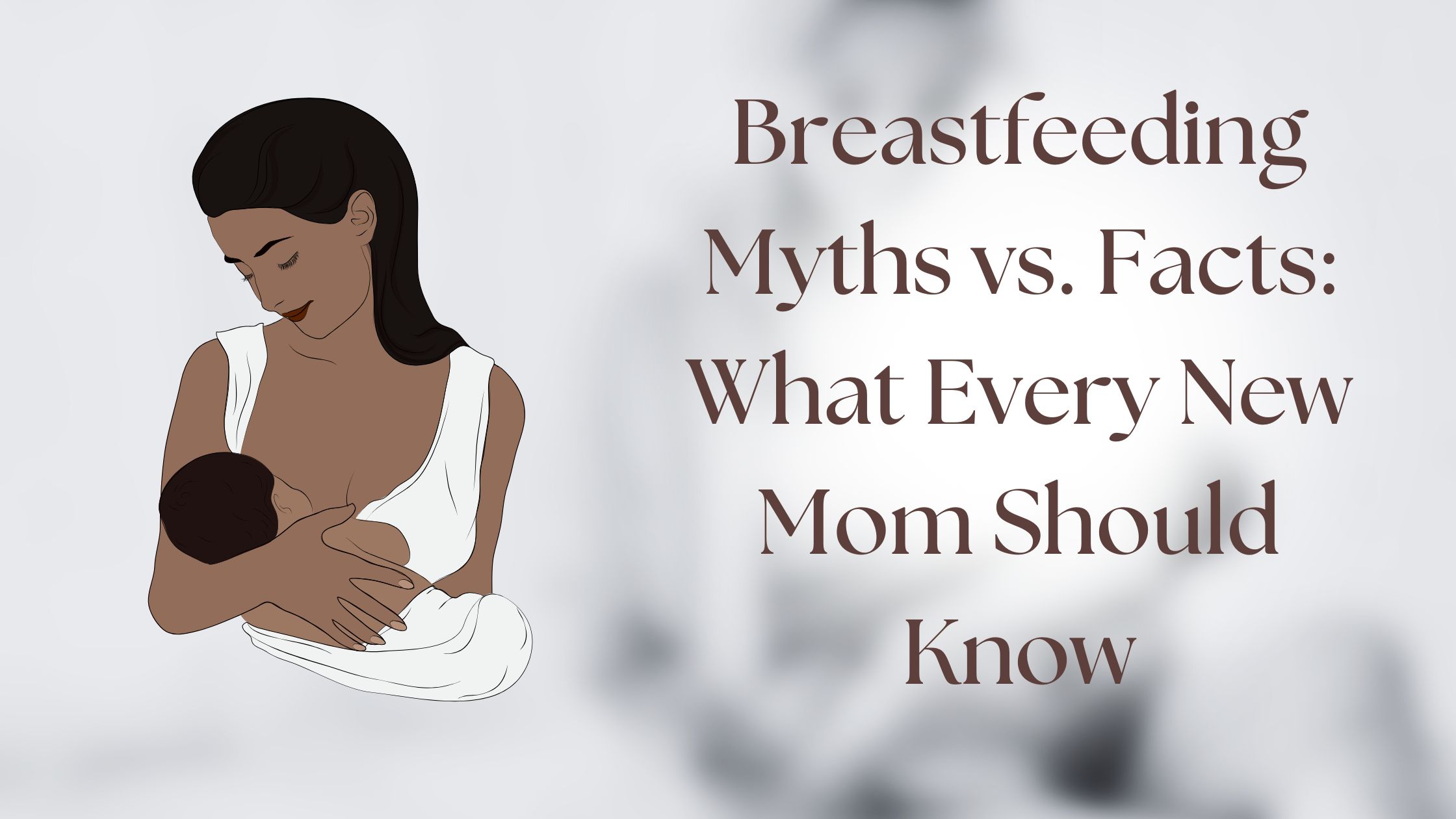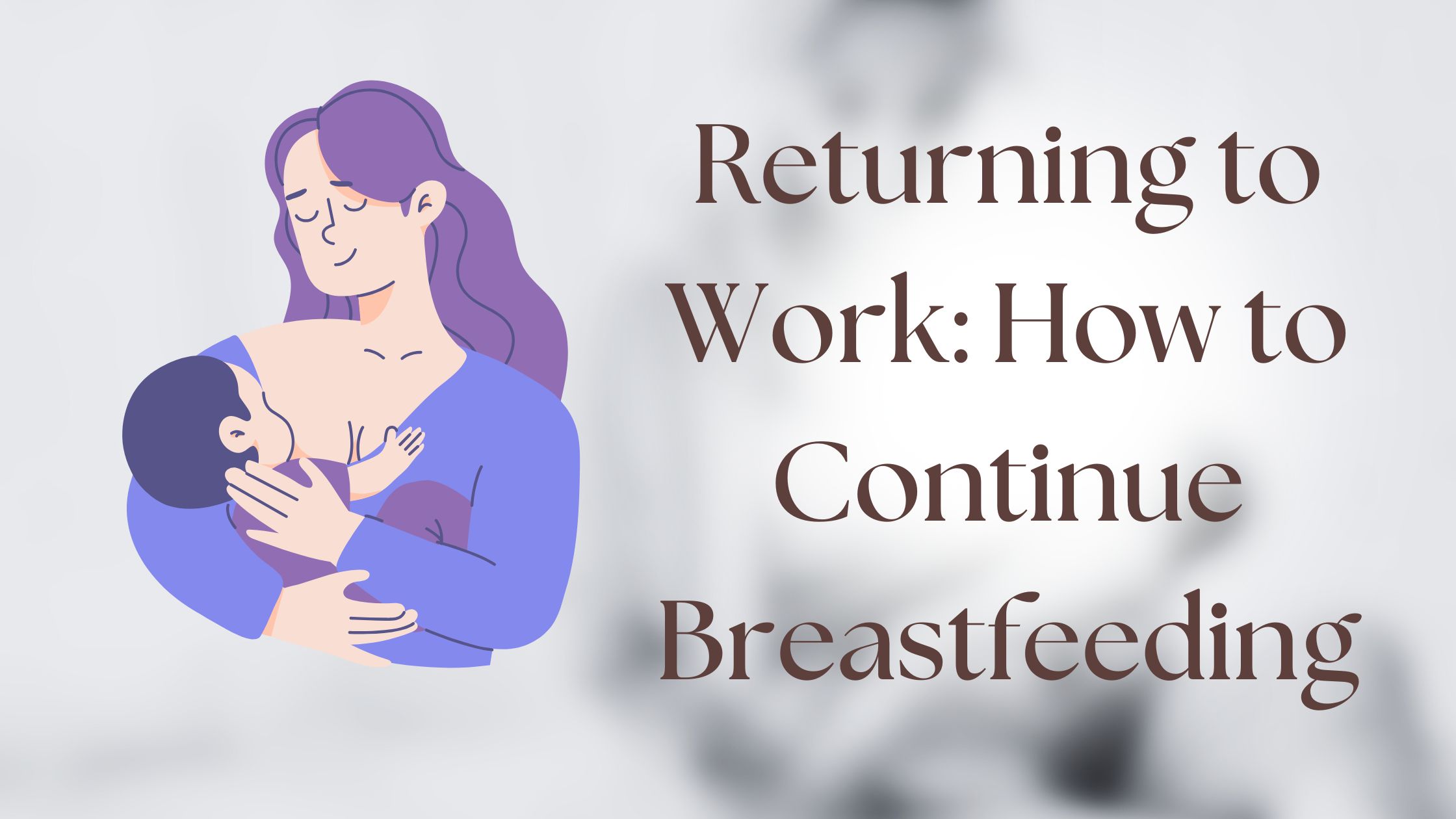As a lactation counsellor, I encounter many myths about breastfeeding that create unnecessary anxiety and confusion for new moms. Understanding the truth behind these misconceptions can empower you to make informed decisions for you and your baby. Let’s explore some of the most common breastfeeding myths and uncover the facts.
Myth 1: “If I don’t have milk right after birth, I won’t be able to breastfeed.”
Fact: It’s normal for mature milk to take a few days to come in. In the first few days, your body produces a substance called colostrum, often referred to as “liquid gold.” Colostrum is nutrient-dense and perfectly tailored to your newborn’s needs. Even small amounts provide your baby with vital nutrients and antibodies that help build immunity. With regular breastfeeding, your milk supply will gradually increase to meet your baby’s demands.
Myth 2: “Breastfeeding always comes naturally.”
Fact: Breastfeeding is a skill that both mom and baby learn together. While it’s natural, it doesn’t always feel intuitive at first. Some mothers and babies may experience challenges, such as latch issues or discomfort, especially in the early days. Support from lactation professionals, breastfeeding classes, and practising different positions can make a big difference in overcoming these early obstacles. With time and practice, breastfeeding often becomes a smoother and more enjoyable experience.
Myth 3: “If I breastfeed, I’ll need to follow a strict diet.”
Fact: Although a balanced diet is beneficial, breastfeeding moms don’t need to follow rigid restrictions. Your body prioritizes producing quality milk for your baby. Some foods might cause sensitivity in a small percentage of babies, but for most, there are no dietary restrictions. Eating a well-rounded diet and staying hydrated supports both you and your milk supply, but there’s no need to avoid certain foods unless advised by a healthcare provider.
Myth 4: “Formula is just as good as breast milk.”
Fact: While the formula is a safe and nutritious alternative when breastfeeding is not an option, breast milk offers unique benefits that the formula can’t replicate. Breast milk adapts to meet your baby’s nutritional needs and contains antibodies that protect against infections. Breastfeeding also fosters skin-to-skin bonding and provides long-term health benefits for both mom and baby, such as reduced risk of infections, allergies, and even certain cancers.

Myth 5: “You can’t breastfeed and return to work.”
Fact: With proper planning, it’s possible to continue breastfeeding even after returning to work. Many workplaces provide accommodations for breastfeeding moms to pump milk during breaks. Using a breast pump and establishing a routine can help maintain your milk supply and ensure your baby continues to receive breast milk. Lactation professionals can offer tips for storing milk and creating a sustainable routine to balance work and breastfeeding.
Myth 6: “If my baby wants to nurse frequently, it means I’m not making enough milk.”
Fact: Frequent nursing is normal, especially in the early days when your baby’s stomach is small and breast milk digests quickly. Cluster feeding, where your baby nurses frequently for a few hours, is also common. This does not mean you have a low milk supply; rather, it’s your baby’s way of boosting your supply to meet their growing needs.
Final Thoughts
There’s no one-size-fits-all approach to breastfeeding, and overcoming misconceptions about breastfeeding myths is the first step toward a positive experience. Seeking accurate information and reaching out for support can help you navigate breastfeeding with confidence. If you have questions or concerns, don’t hesitate to reach out to a lactation professional. Remember, breastfeeding is a journey that you and your baby embark on together, and each step you take is one toward a healthier future.
The First Days: Establishing Breastfeeding Successfully



